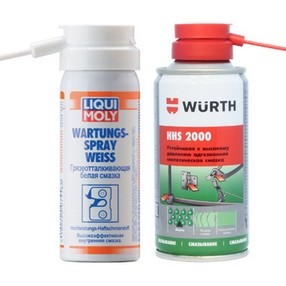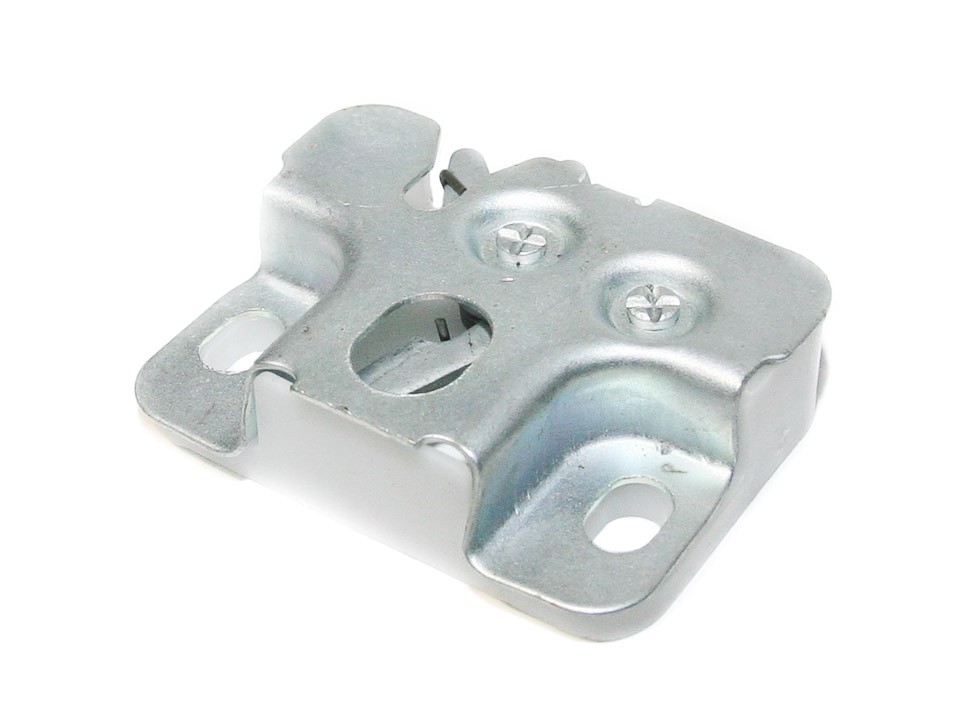
What is the best lubricant to use for door locks and hinges?
Content
Lubricate door locks and hinges as part of your regular vehicle maintenance. Graphite powder and white lithium grease should be used differently.
What is the best lubricant to use for door locks and hinges?
Keeping any moving part of a car clean and properly lubricated is critical to its longevity and performance. However, you'd be surprised how many car, truck and SUV owners in America completely forget to lube their door locks and hinges. Hinges can be found anywhere a door is located, from conventional cab entry doors on a vehicle to gas tank caps, engine hoods and trunks.
Lubricating your car's door locks and hinges is part of regular maintenance. This can prevent many of the problems that come with regular wear and tear and also prevent rust from forming. The main thing is to choose the right lubricant for the components in order to prevent possible damage. Listed below are some of the common lubricants that are used to clean and keep door hinges and locks working effectively for miles to come.
Types of lubricants used to care for door locks and hinges
The material of your door lock or hinge will determine the type of lubricants or cleaners you should use to maintain it. As a general rule, two steps must be completed before lubricating hinges and locks. First, clean the hinge or lock with a recommended solvent or an all-purpose lubricant such as a penetrating fluid such as WD-40. Once the solvent has dried, apply a sufficient but not excessive amount of lubricant to the hinges and moving parts.
Listed below are some of the most commonly used lubricants and what they are used to lubricate for cars, trucks and SUVs.
White lithium grease is a thicker grease that repels water, which can cause rust and corrosion. It sticks to the places you use it and withstands harsh conditions like rain and snow. It is designed to work on metal parts such as hinges and latches on the back of a door where it attaches to the body, engine hoods and rear trunk lids.
WD-40 is a lubricant used for many household items as well as automotive parts. It is designed for light lubrication or for peeling off areas. This can help remove rust on automotive hinges and latches. *Silicone spray is gentler and lubricates areas containing non-metal parts. Safe to use on nylon, plastic and other materials. Use it for light lubrication.
Graphite grease works best for locks because it does not attract dust and dirt that can damage the lock mechanism.
How to use lubricant for car locks and hinges
Apply a small amount of graphite grease to your car's door locks and trunk locks to keep them working smoothly. Use WD-40 on the latches and hinges on the glove box and gas cap. You should also use this spray on the front and back door hinges. Although they may appear metallic, some components are made from non-metallic materials. Use the same lubricant on the hood latch once you've cleaned it. You can also use silicone spray on door latches because they also often contain nylon or plastic parts.
White lithium grease is ideal for hood and trunk hinges. Spray the loops after wiping them with a cotton or microfiber cloth. Move the hinges to get the grease into the areas around the moving parts. Spray both sides of the loops to ensure thorough coverage. Wipe off excess grease so that it does not attract dust. Always use a soft cloth that will not scratch the car.
Lubricating your car's hinges and locks will keep them running smoothly and prolonging their life. You can ask your mechanic to take care of lubricating everything during regular maintenance to keep everything in optimal condition.
